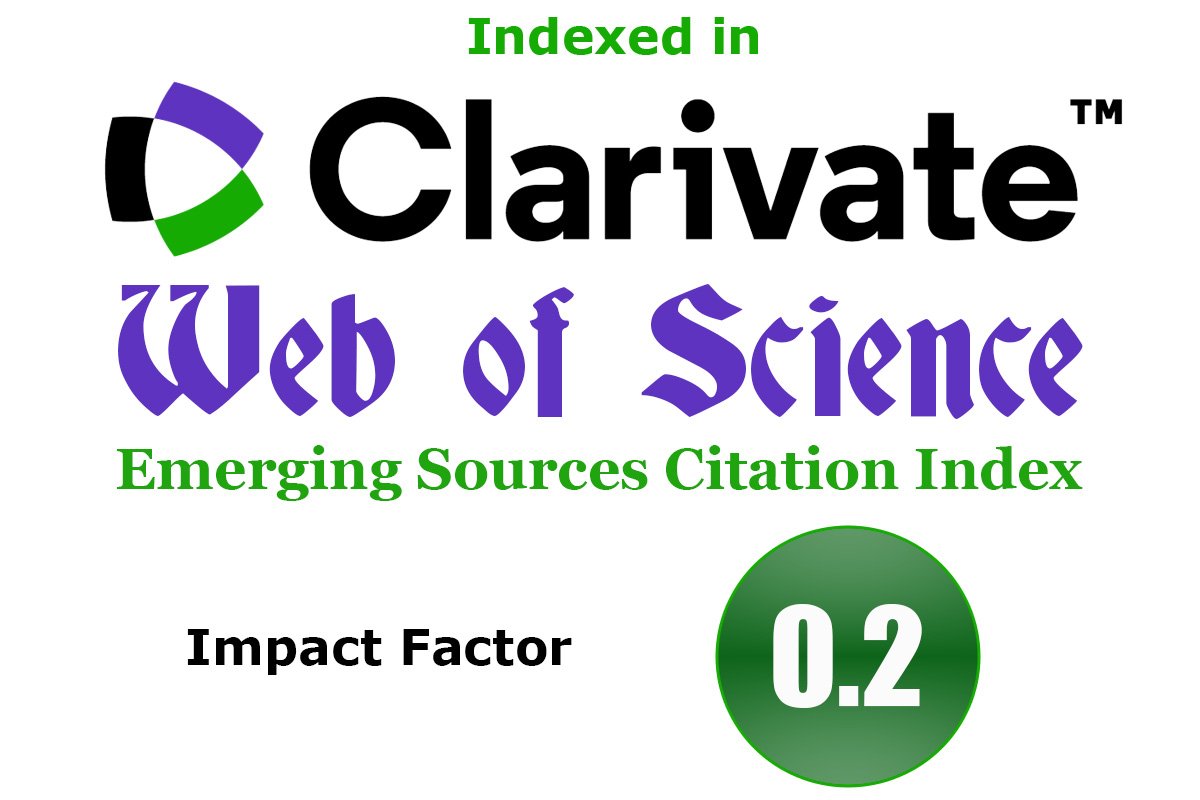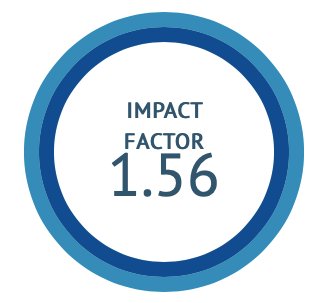Neuroprotective assessment of methanolic root extract of Moringa Concanensis against Cisplatin-induced peripheral neuropathy in rats
DOI:
https://doi.org/10.47552/ijam.v16i1.5157Keywords:
Peripheral neuropathy, Cisplatin, Moringa concanensis, Ascorbic acid, Oxidative stress, HistopathologyAbstract
Objective: Investigation of the methanolic root extract of Moringa concanensis nimmo (MC) as a potential treatment for cisplatin-induced peripheral neuropathy in rats. Methods Male Albino Wistar rats were divided into 5 groups: Normal control, positive control, low dose MC root extract (200 mg / kg, p.o.), high dose MC root extract (400 mg / kg, p.o.), standard (Ascorbic acid) (45 mg / kg, p.o.). Cisplatin (2.5 mg / kg, ip) was administered in the second week and continued for 4 weeks, while MC root extract and ascorbic acid were administered orally from the first week for 5 weeks. After 5 weeks, Behavioural assessments, and antioxidant activity in sciatic nerve homogenate were performed. Histopathological analysis of sciatic nerve samples was performed using H&E stain. Results: Treatment with methanolic root extract of MC at low dose and high dose for 5 weeks significantly improved behavioral parameters, antioxidant levels, attenuated oxidative stress, and restored histopathological deterioration of sciatic nerve compared to the positive control group. However, grip strength and motor coordination of animals treated with standard showed no significant difference when compared to high dose. Conclusion: The study indicates that methanolic root extract of MC protects Cisplatin-Induced Peripheral Neuropathy in rats, as demonstrated by improved behavioral parameters, enhanced antioxidant levels, and restored histopathological features. MC root extract appears promising as a preventive measure for Cisplatin-Induced Peripheral Neuropathy, potentially benefiting cancer patients undergoing chemotherapy.
Downloads
Published
How to Cite
Issue
Section
License
Copyright (c) 2025 International Journal of Ayurvedic Medicine

This work is licensed under a Creative Commons Attribution-NonCommercial-ShareAlike 4.0 International License.
The author hereby transfers, assigns, or conveys all copyright ownership to the International Journal of Ayurvedic Medicine (IJAM). By this transfer, the article becomes the property of the IJAM and may not be published elsewhere without written permission from the IJAM.
This transfer of copyright also implies transfer of rights for printed, electronic, microfilm, and facsimile publication. No royalty or other monetary compensation will be received for transferring the copyright of the article to the IJAM.
The IJAM, in turn, grants each author the right to republish the article in any book for which he or she is the author or editor, without paying royalties to the IJAM, subject to the express conditions that (a) the author notify IJAM in advance in writing of this republication and (b) a credit line attributes the original publication to IJAM.




